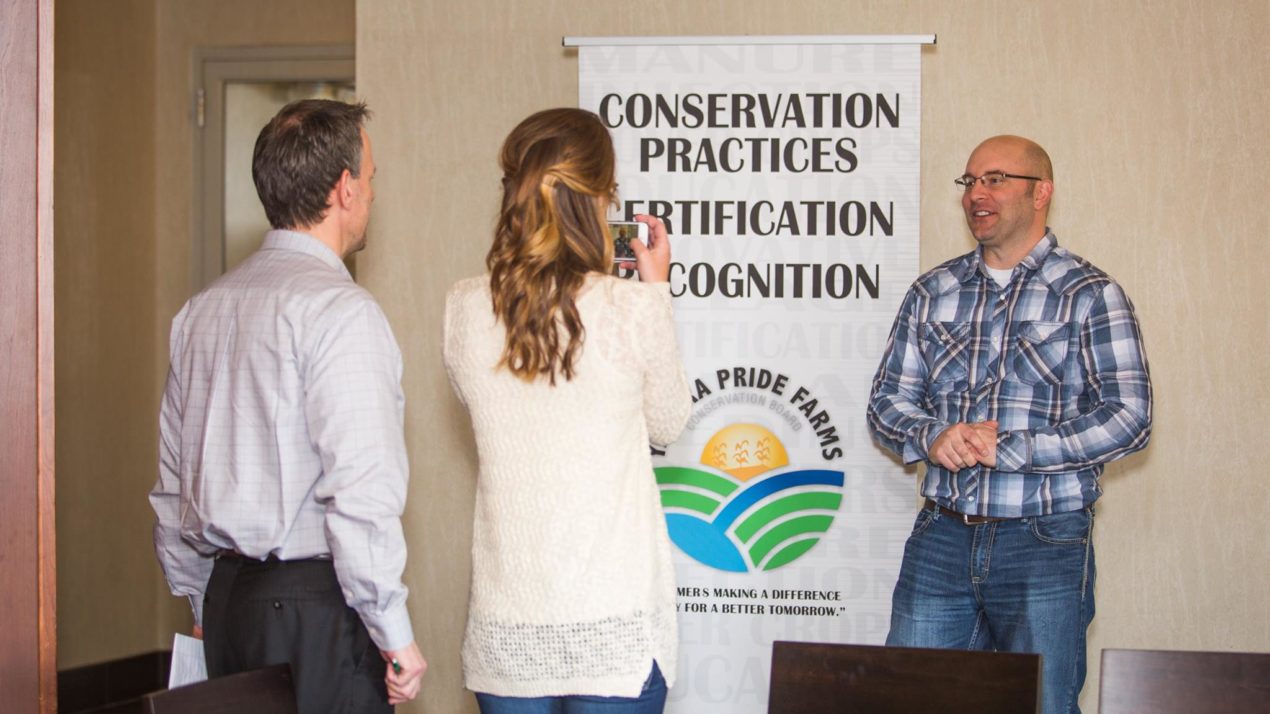
Data collected by the Wisconsin Department of Agriculture, Trade and Consumer Protection (DATCP) shows that conservation practices among producer-led groups in the program grew by 82% from 2019 to 2020. Conservation practices include low disturbance manure application, split nitrogen applications, no-till and cover crops. These practices help reduce soil erosion and phosphorus loss from farm fields, ensuring that more nutrients go into farmers’ crops, rather than into local soil and water sources.
The data suggests that DATCP’s Producer-Led Watershed Protection Grant Program is an effective way to increase the use of conservation practices across farmland. Recent program numbers show that conservation practices implemented through the work of state-funded groups grew from 439,237 acres in 2019 to 798,221 acres in 2020. The information is a result of DATCP’s Conservation Tracking effort to better understand the potential outcomes the program has on land and water resources in the state.
“This tracking allows us to quantify the water quality benefits associated with the practices implemented by producer-led groups, and it helps us share their work and impact with their local communities as well as other groups across the state,” said Rachel Rushmann, Producer-Led Program Manager.
Additionally, DATCP’s analysis shows that 211 farmers in the program planted a total of 62,587 acres using no-till technology — a 19% increase from 2019. This resulted in an estimated reduction of 84,860 tons of soil erosion and prevented the loss of an estimated 54,072 pounds of phosphorus. Cover crop implementation followed a similar trend, with 83,843 acres planted across 423 farms (a 19% increase from 2019). These improvements are expected to reduce soil erosion by an estimated 75,364 tons and prevent an estimated 41,492 pounds of phosphorus from leaving farm fields.
In addition to documenting the implementation of these practices, the Conservation Tracking project will model sediment and phosphorus reductions from different conservation systems. DATCP will also begin incorporating additional metrics associated with the expanding ecosystem service program opportunities, such as soil carbon and greenhouse gas emissions.
In the 2021-2023 biennial state budget, Governor Tony Evers recommended increasing available funding for the Producer-Led program to $1 million each year on a continuing basis to help meet ongoing conservation needs across the state. On June 10, the legislature’s Joint Finance Committee agreed to provide the funding for the next two fiscal years. For more information about the program, visit https://datcp.wi.gov/Pages/Programs_Services/ProducerLedProjects.aspx.

